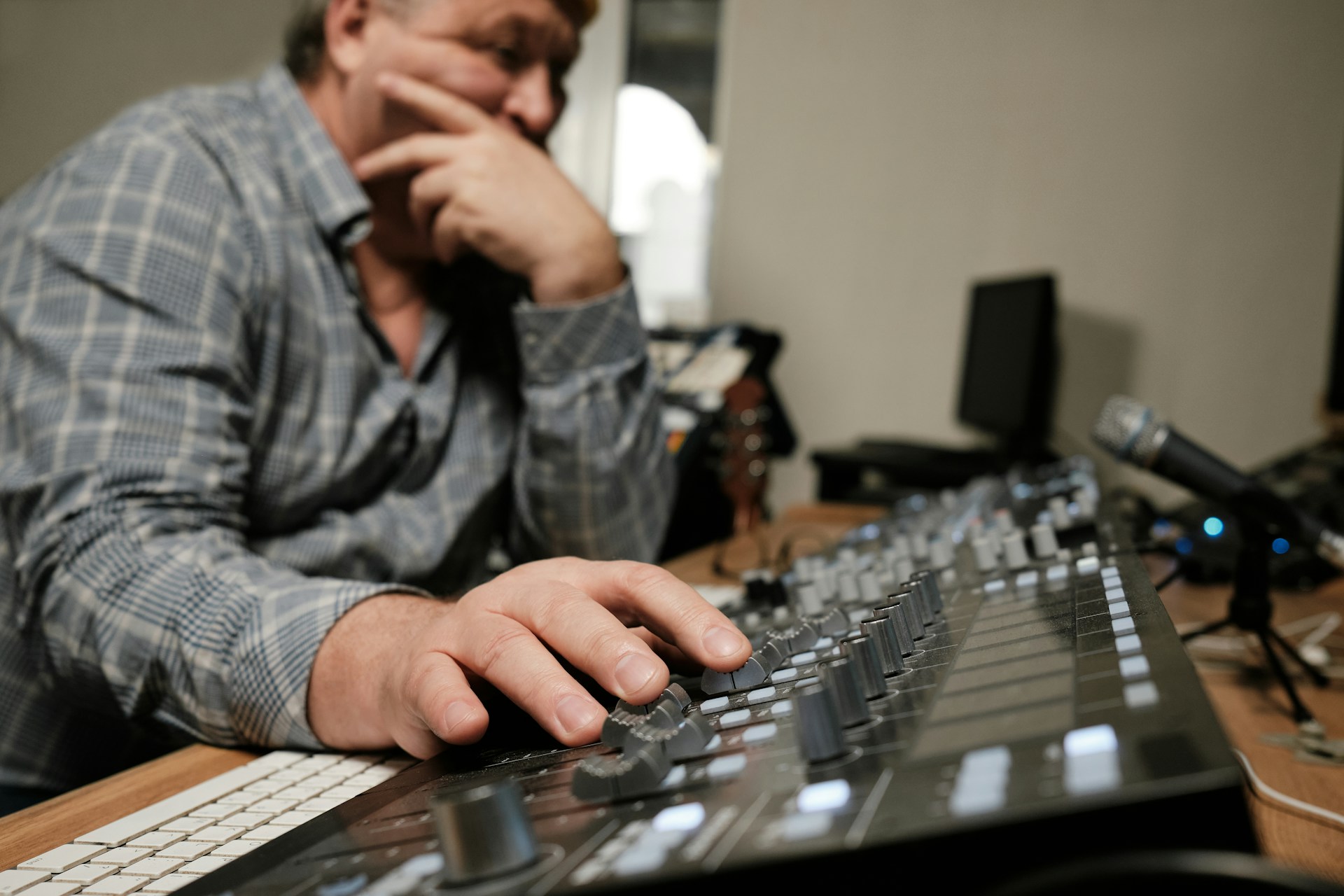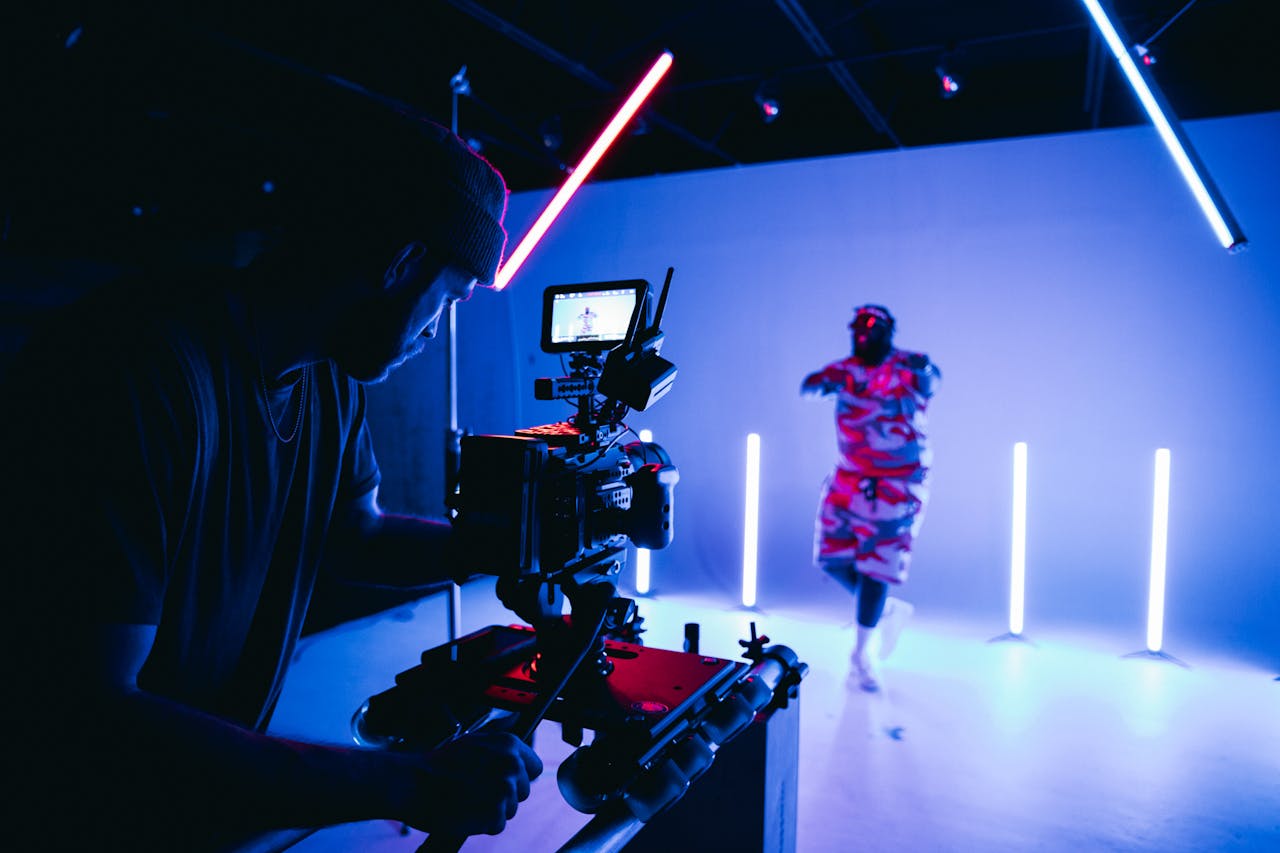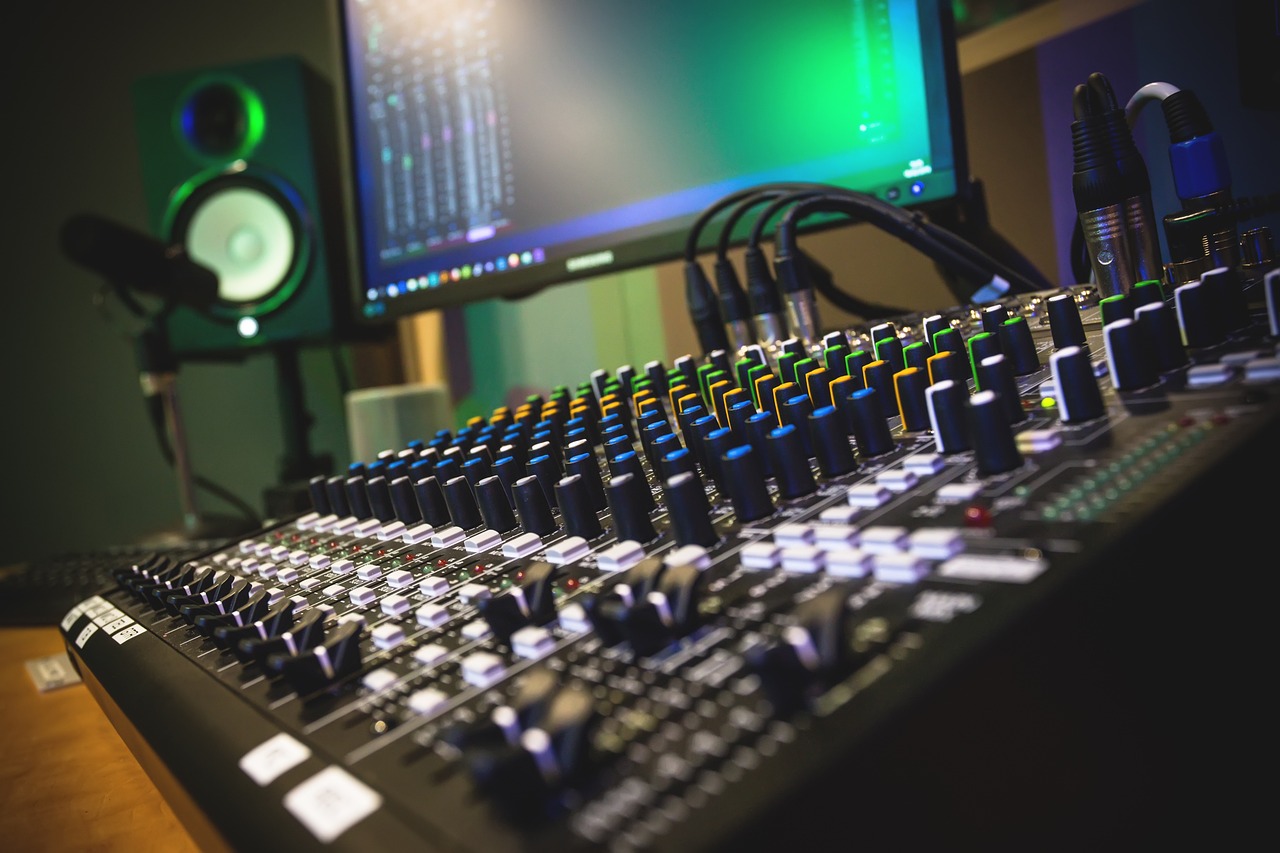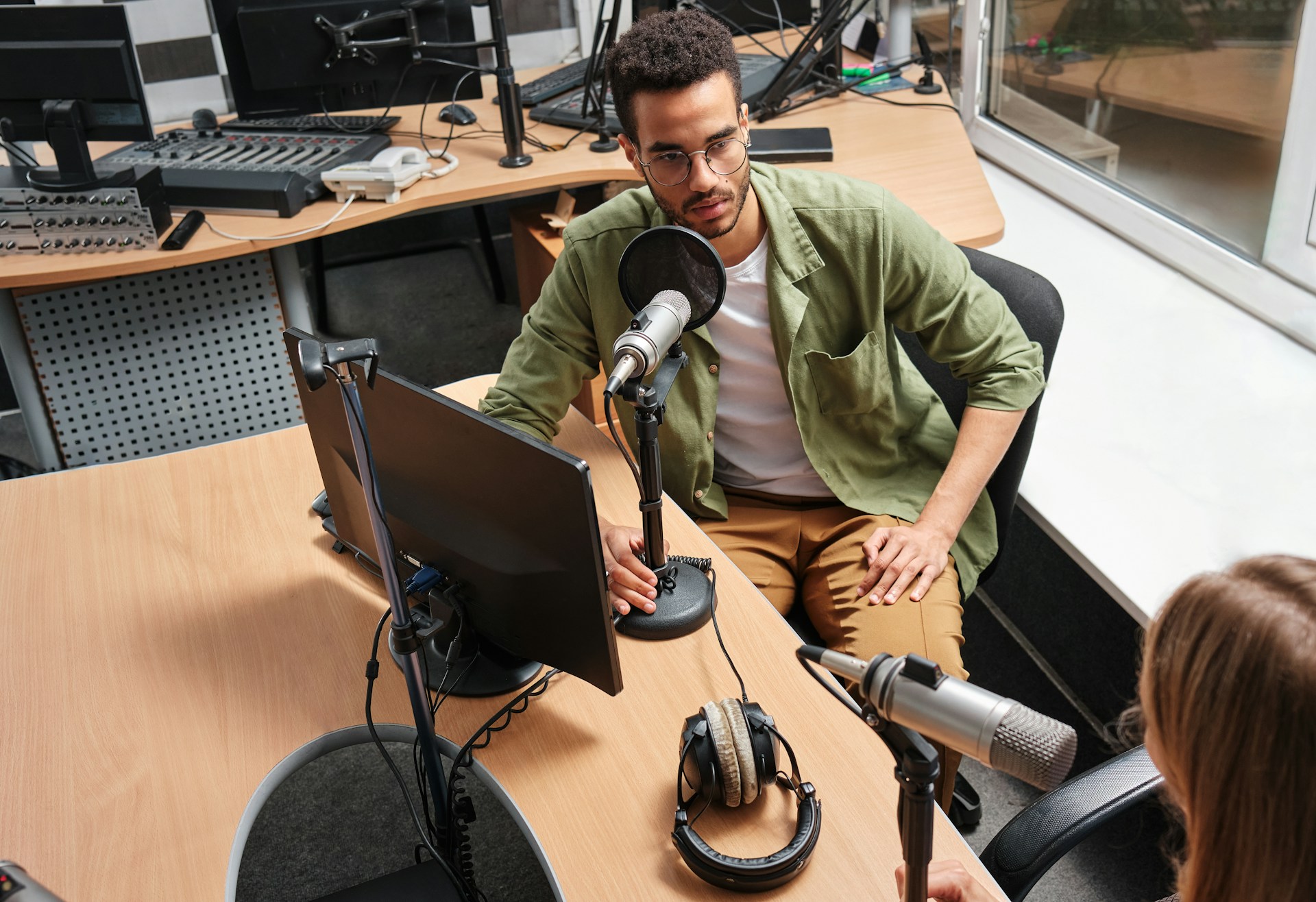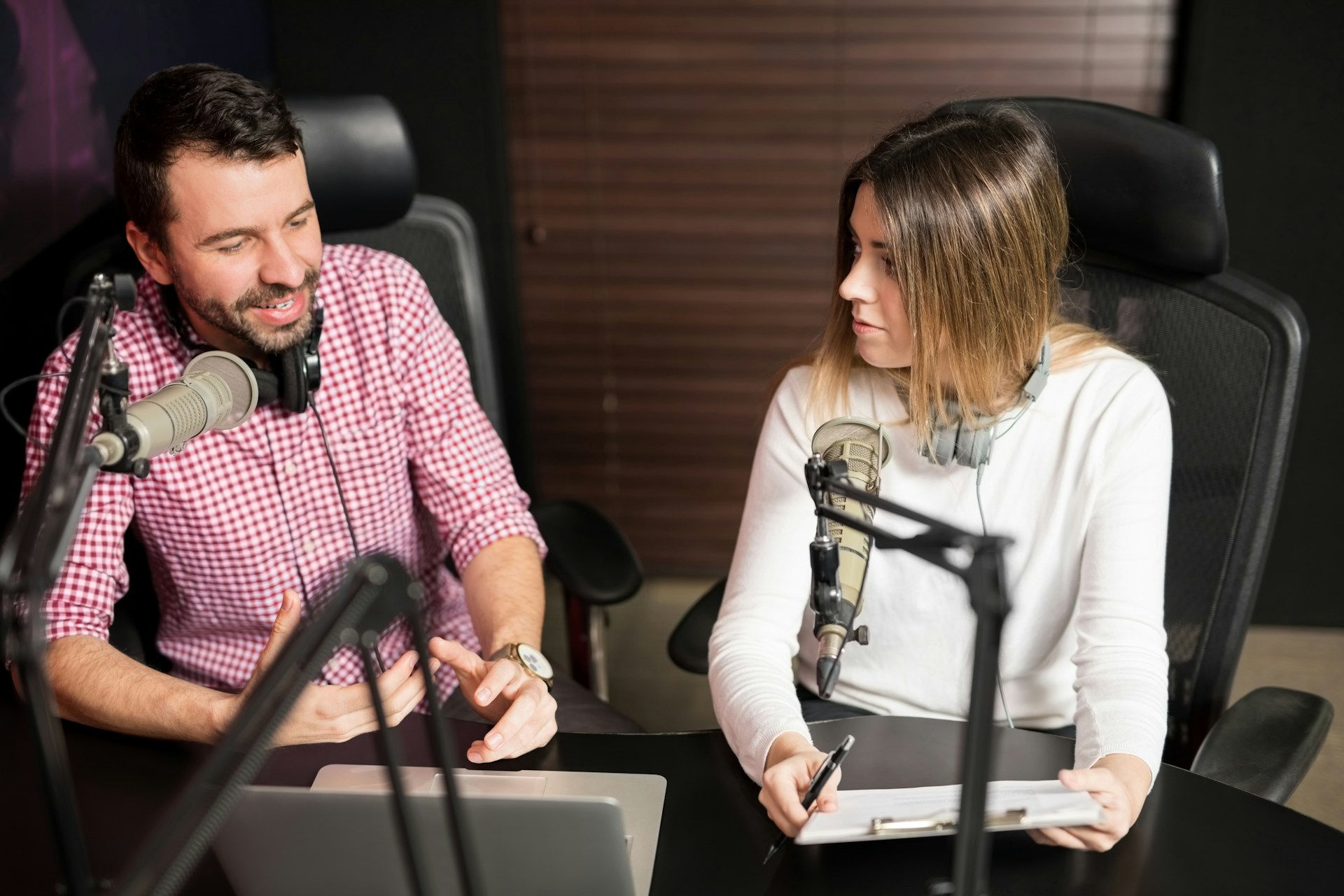Jingle marketing has emerged as a powerful tool in branding. A catchy tune can linger in people’s minds, driving them to associate it with a specific brand or product. This effect keeps the brand at the forefront of consumers’ minds and fosters a sense of familiarity that encourages brand loyalty. In a fast-paced world where attention spans are short, jingles capture interest and deliver messages succinctly, embedding them in the listener’s memory.
Think about the last time you heard a memorable jingle. It probably stuck with you and maybe even brought a smile to your face. That’s the magic of a well-crafted jingle. It creates an experience, evoking emotions that tie back to the brand. As brands explore innovative ways to stand out, the timeless appeal of jingles blends creativity with marketing prowess. By engaging audiences on an auditory level, jingles can transform casual listeners into loyal customers.
The Psychology Behind Jingle Marketing
Understanding how jingles affect our brains can reveal why they are so effective in marketing. Jingles tap into the emotional centers of the brain, creating a connection between the melody and the listener’s feelings. This connection helps to form associations between the music and the product, making the brand seem more relatable and trustworthy. The simplicity and repetition of jingles play a significant role here, as they make recall much easier.
Music has a way of sticking with us. Familiar tunes can bring back memories, emotions, and even scents from past experiences. This is why jingles work so well. They don’t just tell you about a product; they make you feel something. A classic example would be the jingle from a famous fast-food chain. The tune alone may evoke hunger pangs or a craving for fries. This emotional impact builds brand loyalty by turning a tune into an experience.
Creating these sensory connections is crucial in brand marketing. People remember how they felt more than what they heard. With jingles, brands can craft experiences that resonate deeply, encouraging consumers to return time and again. A strategic combination of music and marketing taps into natural human tendencies to repeat and enjoy familiar rhythms.
Key Elements of Effective Jingles
Crafting an effective jingle involves several key ingredients that work together to create an unforgettable melody. The first step is to develop a catchy tune. Simplicity is vital here, as complex and lengthy melodies are harder for listeners to remember. A simple, memorable tune can get stuck in a listener’s head, naturally leading them back to the brand when they least expect it.
Lyrics play a crucial role too. They should be relevant and resonate with the brand’s message. Often, the best lyrics encapsulate the brand’s values and unique selling proposition in a few words. By crafting meaningful lyrics, brands ensure their message is clear every time someone hears the jingle.
Consistency across different platforms helps maintain brand identity. Whether used in radio ads, TV commercials, or social media content, sticking to the same jingle builds familiarity. It ensures that wherever a consumer encounters the brand, the sound aligns perfectly with the visual elements, creating a cohesive experience.
Strategies to Integrate Jingles in Your Marketing Campaign
Jingles aren’t just for radio anymore. They can be woven into various marketing channels to enhance a brand’s presence. Here’s how to use jingles strategically:
1. Radio and TV Ads: Traditional but effective, jingles are perfect for these mediums. A short and catchy tune can instantly grab attention during commercial breaks.
2. Social Media Content: With platforms evolving every day, incorporating jingles into video ads or posts can capture viewers’ attention and encourage sharing, thanks to the music’s engaging nature.
3. In-store and Event Usage: Playing jingles in-store or during live events strengthens brand recall. As consumers associate the music with positive experiences, it further deepens their loyalty.
Measuring the Impact of Jingle Marketing
Assessing the effectiveness of jingle marketing involves looking at a few key metrics. Brand recall is a primary measure. If consumers can remember the brand name or product connected with a jingle, it’s doing its job well. Customer engagement can also indicate success, reflecting how consumers interact with the brand after exposure to the jingle.
Tracking these metrics can be as simple as conducting surveys or as complex as analyzing social media data. Some brands have experienced significant upswings in loyalty post-jingle campaigns. For instance, a snack company saw more customers returning to purchase their products after their catchy jingle became popular.
Adjustments may be needed if specific strategies aren’t hitting the mark. Tweak the melody, change up the lyrics, or explore different platforms to maximize reach. A thoughtful review of performance data helps fine-tune the approach, ensuring that every note resonates just right.
Hooking Your Audience with Jingle Marketing
Using jingles effectively in marketing can significantly boost brand loyalty. They transform simple advertisements into engaging experiences that linger with consumers long after they’ve been aired. From creating emotional connections to offering consistent touchpoints, jingles work on several levels to reinforce brand affinity.
Embracing jingle marketing means diving into a rich tradition of using music creatively. It’s about more than just a catchy tune; it’s about crafting an audio identity that stands out. As these sounds become synonymous with a brand, they pave the way for deeper and more meaningful customer connections. By investing in well-designed jingles, brands can enhance their presence and foster long-lasting loyalty.
Partnering with a trusted expert can make all the difference when it comes to integrating effective jingles into your marketing strategy. Discover how Killerspots Agency can help with your jingle marketing by crafting a unique sound that resonates with your audience. By fine-tuning every element of your jingle, from catchy melodies to memorable lyrics, we aim to boost your brand’s recognition and loyalty. Learn more about the process and possibilities with jingle marketing to elevate your advertising impact.
